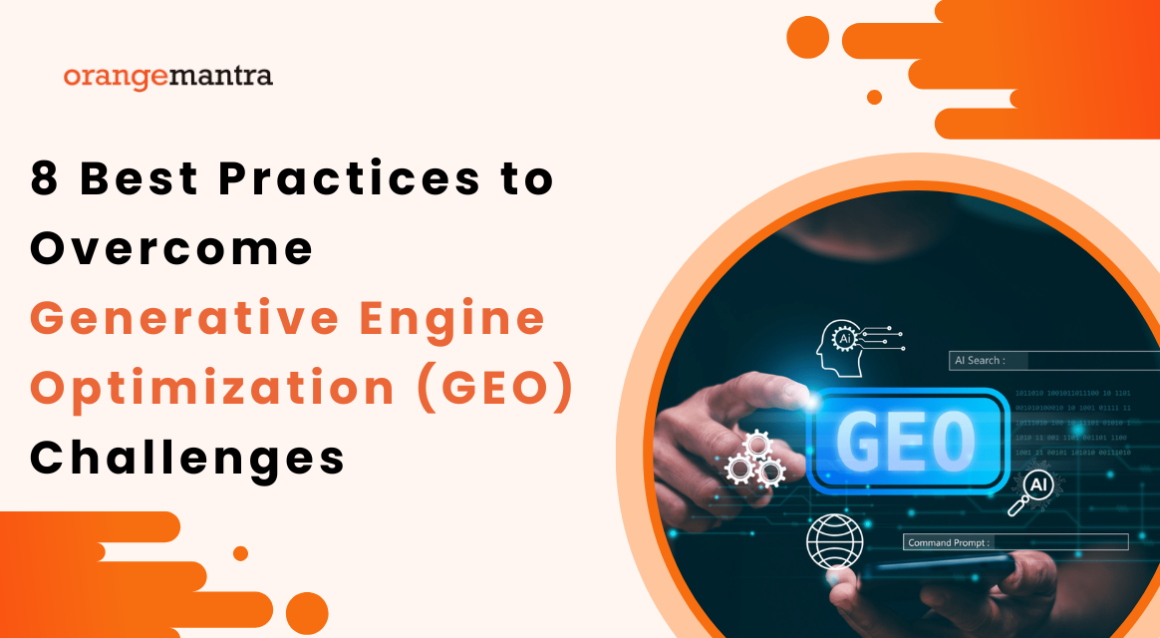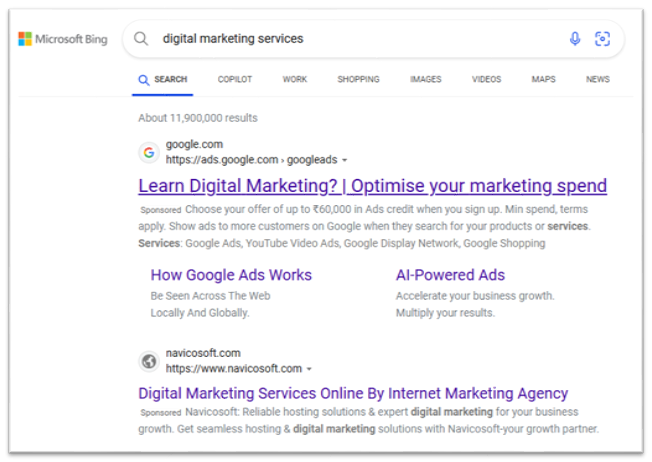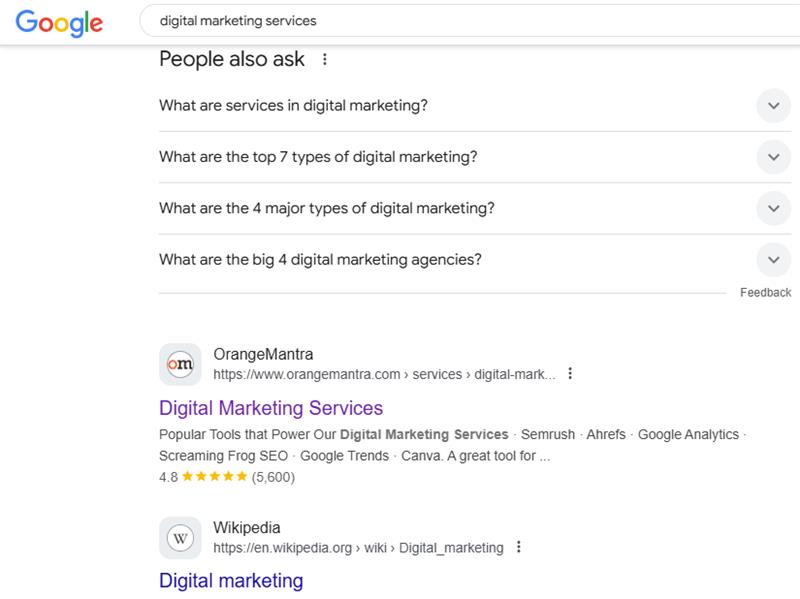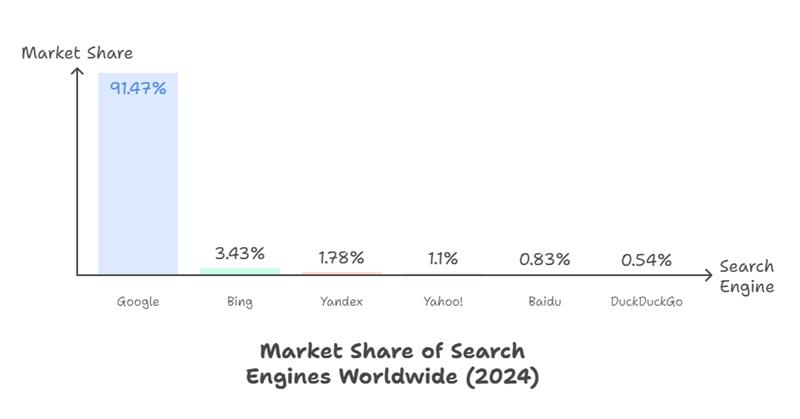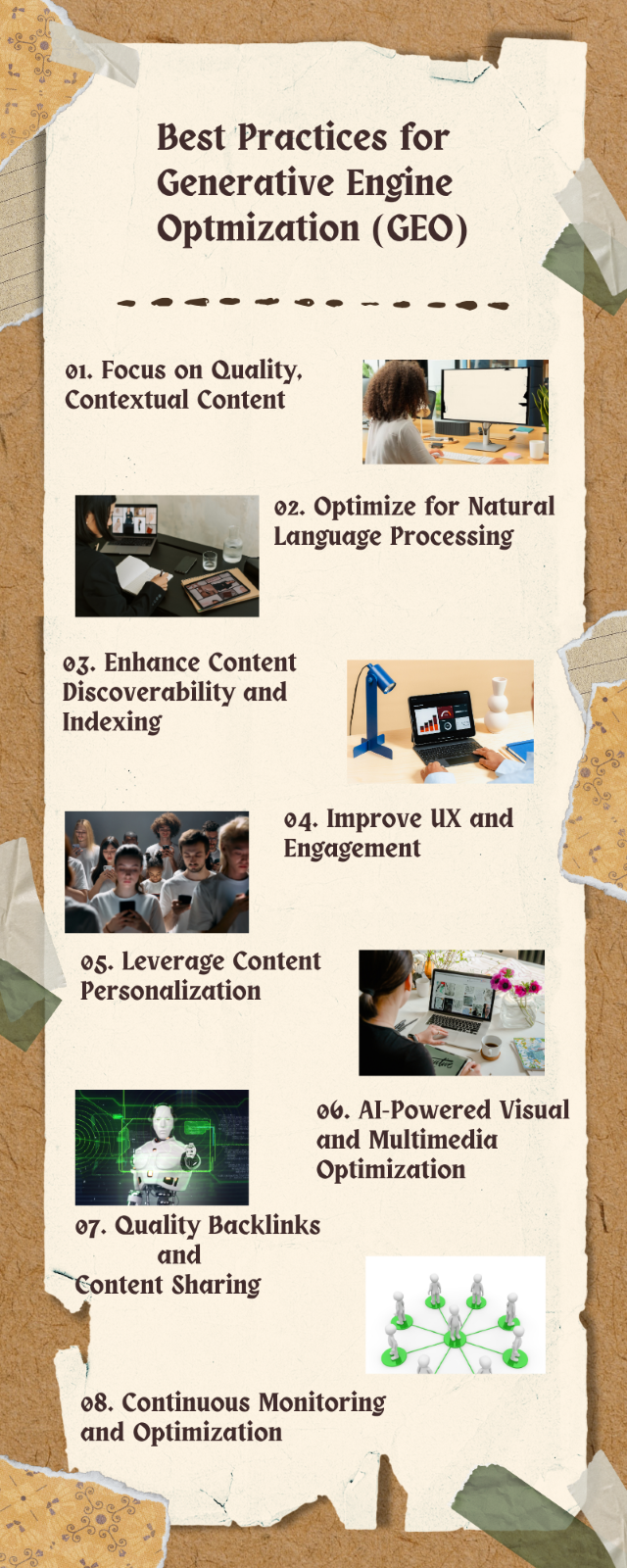All of you must be worried about the impact of generative engines on your websites. Yes, you might be facing lower traffic because users are now happy with the personalized output provided by generative engines.
The truth is users are not scrolling and reaching your website which is ranking on SERP. Why would they? Now generative engines are giving them a summary of relevant information taken from multiple sources. No doubt this is helping users and saving their time.
But what about you: the content creators and website owners? Your business is entirely dependent on the website you own. To be honest, it’s a serious challenge because now you have no control over how to display your content.
That’s why generative engine optimization is important. But how to optimize your content for generative engines? This article is more than enough for understanding GEO strategies.
Table of Contents
2 Main Challenges with Generative Search Engines
Are generative engines perfect? No, they are not. Will they be in the future? We’ll see. Instead of focusing on what might happen down the line, why not focus on the present? Currently, there are two main challenges with generative search engines that you should know.
-
Learning, Evolving, and Improving
One day, a short video appeared on my feed. In that video, a reporter asked an NBA player about his team’s bad performance that season. The question was, “How do you see this failure?”
I still remember the player’s response, as he said many insightful things, including a line that has since become my personal favorite. It is also the title of that particular video on YouTube: “THERE IS NO FAILURE IN SPORTS!
The reason I shared this is that, just like in sports, there are no failures in technology – only learning. Generative engines are constantly learning, evolving and eventually improving. At the core of these engines lies a Machine Learning model, often referred to as an LLM.
Without going deep into the workings of Generative AI, just remember that these models are designed to improve over time. And one day, they will. But as of now, they are still prone to making mistakes. You might have also noticed this on generative search engines.
For instance, ChatGPT displays a warning below the prompt section:
“ChatGPT can make mistakes. Check important info.”
This serves as a reminder to approach the outputs with caution and verify critical information.
-
Different Outputs on Different Generative Engines
Both generative engines and traditional search engines produce varied outputs.
Note: The above image shows SERP result of Microsoft Bing.
Try to search the same query on two different search engines. You will likely get different search engine results pages (SERPs).
Note: The SERP result of same query on Google.
The same applies to generative engines.
But wait – here’s the key difference.
You primarily need to follow Google’s guidelines to appear in its SERP. If you rank on Google, there’s a high chance you will also rank on other search engines. And if you’re on Google’s SERP but not on others, why worry? Over 90% of people use Google anyway. You will still not lose business.
To understand it better, we (OrangeMantra) are ranking on the top of SERP on Google for “Digital Marketing Service” keyword. On the other hand, we are not even in the top 50 results in the case of Microsoft Bing.
But is it restricting our visibility or growth? No, because being #1 on Google is enough for us. By ranking on the top of Google SERP, we are offering digital marketing services to hundreds of clients yearly.
But this is not the case with generative engines. There is no such guideline by these AI search engines for generative engine optimization. Moreover, we have no such valid data that shows the market share of generative engines.
As we said earlier you cannot control how and where your content will show in generative engines. For better understanding see the different output produced by popular generative engines for the same query.
ChatGPT Output
Gemini Output
Perplexity Output
Now it must be clear to you how much their results differentiate. And it is obvious because they are working on different LLM models.
So now, what to do in this scenario? The answer is following these GEO strategies designed by our experts.
8 Best Practices for Optimizing Your Website to Rank on Generative Engines
We are assuming you have understood the complexities and challenges that come in generative engine optimization. What is the solution to all the GEO challenges? Well, we have set a framework after in-depth research.
The team of OrangeMantra has studied generative engine closely and these below given GEO practices are result of that.
1. Focus on High-Quality and Contextual Content
Generative engines prioritize content that is valuable and relevant. So now your aim should be to align your content with user intent. Focus on content quality and context.
User Intent Optimization:
Make sure your content addresses the questions or needs of your target audience. Don’t just target keywords. Focus on creating informative and helpful content that answers the searcher’s query thoroughly.
Rich and Detailed Content:
Generative engines favor content that is comprehensive. Don’t just stick to short-form content. Aim for long-form articles that cover a topic extensively and provide additional value. Try to incorporate case studies, expert opinions, and data insights.
Semantic Search:
Generative engines are capable of understanding synonyms and related concepts. So, use varied terminology and phrasing. Avoid overusing exact keywords. Instead focus on creating content that covers a range of relevant topics within your niche.
2. Optimize for Natural Language Processing (NLP)
Generative engines heavily rely on NLP. This allows AI to understand human language more naturally. To optimize your content for NLP algorithms:
Use Conversational Language:
Write content in a way that mirrors natural human speech. Use simpler sentences, ask questions, and employ natural phrasing. This can improve your chances of being ranked higher in AI-driven results.
Answer User Queries Directly:
Generative engines often aim to provide direct answers to user queries. Use FAQ sections and clear headings (H2, H3) to answer specific questions within your content. This helps your website get featured in “featured snippets” or other AI generated results.
Schema Markup:
Add structured data to your pages using schema markup. This helps search engines and generative engines understand the context of your content more clearly. A well-structured content makes it more likely to rank higher and appear in AI-generated responses.
3. Enhance Content Discoverability and Indexing
Generative engines will prioritize content that is easily accessible and discoverable.
Clear Site Structure:
Make sure your website has a clean and logical architecture. Use internal linking to help search engines and generative engines easily crawl your site.
Create content silos based on topics and link them together. This will help AI models to understand your content’s depth and relevance.
XML Sitemap:
Regularly update your XML sitemap to help generative engines index your website faster and more accurately. Make sure all your important pages are included and easily accessible.
Mobile Optimization:
Generative engines are likely to prioritize websites with mobile-first indexing. Make sure your site is fully optimized for mobile devices. Focus on fast loading speeds, responsive design, and intuitive navigation.
4. Improve User Experience (UX) and Engagement
Generative engines consider UX and engagement as significant ranking factors. A seamless and enjoyable user experience will increase the likelihood of ranking higher.
Fast Loading Speeds:
Use tools like Google PageSpeed Insights to test and improve your website’s loading time. Websites that load quickly are favored by both search engines and generative engines because they enhance user experience.
User-Friendly Navigation:
Make sure the design of your website is intuitive and easy to navigate. A clear menu, accessible links, and well-structured content improve usability. This keeps visitors engaged for longer periods.
Interactive Elements:
Generative engines look favorably on websites that keep users engaged. Incorporate interactive elements like polls, surveys, and videos to boost user interaction. This leads to higher engagement rates.
5. Leverage Content Personalization
Generative engines favor content that adapts to users’ individual preferences. Personalization enhances the user experience and provides more relevant content to visitors.
Dynamic Content:
Use AI tools to personalize website content for each visitor based on their browsing behavior or location. This could mean showing different product recommendations, personalized offers, or dynamic landing pages based on user data.
Behavioral Targeting:
Utilize analytics to understand your visitors’ behavior and tailor your content accordingly. For example, if a user previously visited your site to read about a specific topic, there is a high chance that generative engines will prioritize personalized recommendations on similar topics.
6. AI-Powered Visual and Multimedia Optimization
Generative engines don’t just evaluate text. They also analyze multimedia elements like images, videos, and audio.
Image Alt Text and Descriptions:
Make sure that all images have relevant alt text and descriptions. This allows generative engines to understand the content of your visuals and rank them appropriately.
Video Content:
Embed videos that provide added value to your content. Just like we did in this article. Use AI tools to automatically generate captions and meta descriptions for your videos. This will help search engines index and understand the content of your video.
Optimize for Accessibility:
Your multimedia content must be accessible. AI models favor websites with accessible media files.
7. Focus on Quality Backlinks and Content Sharing
Generative engines value credible and authoritative sources. Quality backlinks are crucial for improving your site’s ranking in AI-driven results.
Earn Quality Backlinks:
Start focusing on acquiring backlinks from reputable websites within your industry. Consider guest blogging, PR outreach, and participating in industry forums to build a strong backlink profile.
Content Sharing and Social Signals:
Share your content on social media platforms and encourage others to do the same. Generative engines do not directly rank content based on social signals, but increased sharing indicates high-quality and engaging content.
8. Continuous Monitoring and Optimization
Generative engines are constantly evolving as we discussed. So, your GEO strategies should also do the same. Regularly monitor your website’s performance and update content as needed.
Analytics and Feedback Loops:
Use AI-driven analytics tools to track how your content is performing. Identify which pieces of content generate the most traffic and then optimize accordingly.
Adapt to Algorithm Changes:
Stay updated on changes to generative engine algorithms. Continuously adapt your strategies based on new trends and shifts in ranking factors. Trust us, this is an ongoing practice.
Conclusion
Generative engine optimization for your website is important to stay competitive in today’s digital world. If you follow these GEO practices, you will find yourself ranking on both generative engines and search engines.
Why we are saying both search and generative engine is for the fact that these GEO strategies also overlap with SEO. But it is important to understand that the GEO vs SEO are different.
If you keep following SEO techniques for GEO, it will not work. And by time you will realize your website will be lost in the vast number of pages that are available on the web.
Our GEO company specializes in helping businesses optimize their websites and content to align with the latest AI-driven search and content generation technologies.
Let us help you enhance your online presence and ensure your digital marketing efforts are future proof.
FAQs
What is Generative Engine Optimization (GEO)?
GEO is the practice of optimizing your website and content to rank higher in AI search engines like ChatGPT, Gemini, and Perplexity.
Why is GEO important for my website?
The popularity of generative engines is rising. They provide users with personalized responses that summarize information from multiple sources. To maintain visibility, engagement, and traffic to your website; generative engine optimization is important.
How can I optimize my content for generative engines?
Focus on creating high-quality and contextually relevant content. Work on the structure of your website. Incorporate schema markup and make sure your website is easily discoverable. Don’t forget mobile optimization.
Can I track and improve my GEO efforts?
Yes, but only if you use AI-powered analytics tools to monitor the performance of your content. Contact us, our GEO experts will be happy to have a discussion with you about this.
